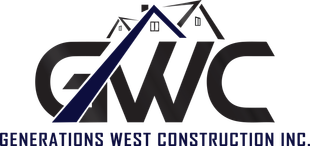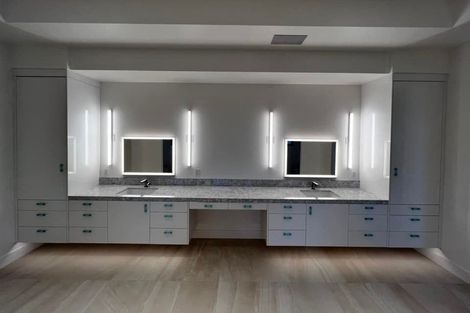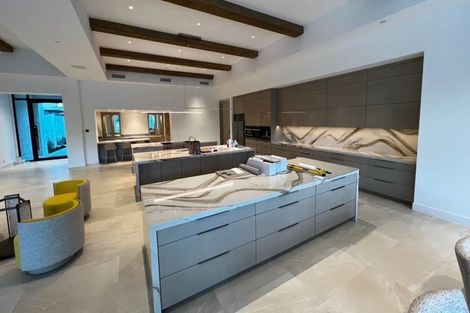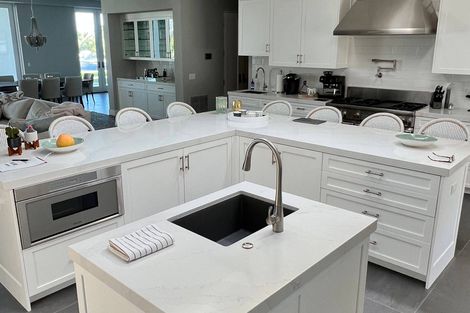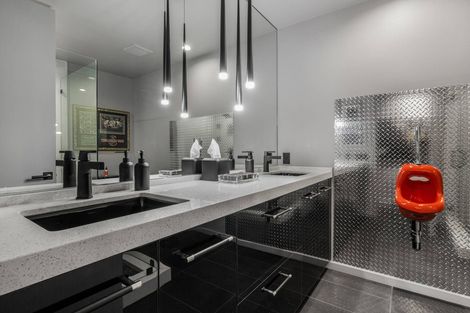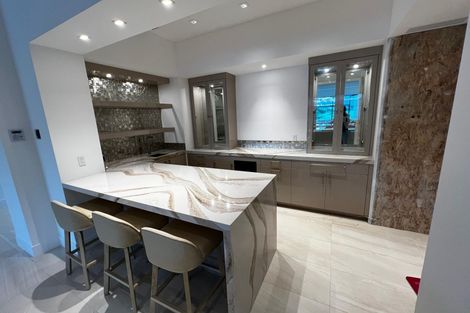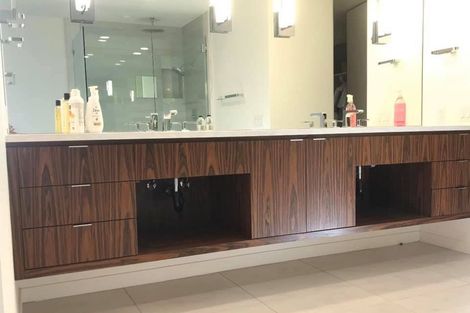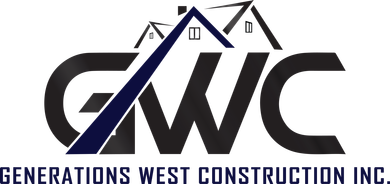The Trusted Choice for New Construction, Remodels, Renovations, Additions & more
Your Palm Desert Contractor for Dream Home Renovations
Proudly Serving Palm Desert and all the Coachella Valley
Complete Home Remodeling in Palm Desert & All The Coachella Valley
For over 30 years, Generations West Construction has been the Coachella Valley's trusted contractor. Since 2009, we've proudly served Palm Desert, Palm Springs, and surrounding areas, turning dream homes into reality. Our extensive experience ensures we have the expertise to handle any project, big or small.
Whether you're envisioning a stunning kitchen remodel, a luxurious bathroom oasis, or a complete home renovation,Generations West is your one-stop shop. We specialize in a wide range of services, including custom cabinetry, cabinet refacing, new construction, and water and fire damage restoration.
Why Choose Generations West
Generations West Construction understands building your dream home in Palm Desert is a big decision. That's why we're here to make the entire process, from envisioning your concept to final construction, as smooth as possible. Our design services and CAD expertise will translate your dream into reality, while our skilled team meticulously manages every step, ensuring premium quality and a stress-free Coachella Valley experience.
Residential Services
From building a new custom home from the ground up to refreshing your existing space with a kitchen or bathroom remodel, we can handle it all.
Commercial Services
We can transform your business with high-quality renovations, from minor tenant improvements to complete office remodels.
Home Renovation & Remodeling
Our design-build package takes the stress out of renovations! We handle everything – design, permits, and construction – so you can enjoy a streamlined process and see your dream space come to life quickly and affordably.
Building your dream home in Palm Desert should be an exciting adventure, not a stressful maze. At Generations West, we understand.
We specialize in transforming kitchens in Palm Desert. We understand the importance of a stress-free remodel, so we'll handle everything – design, permits, and construction – ensuring your project is completed on schedule and within budget.
We'll handle everything from creating a stunning design that reflects your style to securing permits and managing construction, ensuring a smooth and stress-free remodel.
Our skilled artisans create beautiful, bespoke cabinets tailored to your unique style and needs.
Revitalize your kitchen or bathroom with our cabinet refinishing services. Enjoy a beautiful update without the high cost or disruption of a full replacement.
New Construction
At Generations West in Palm Desert, CA, we are the trusted name for all your home construction needs. We have extensive experience in all types of home additions & new construction, including ADU construction, bump-out additions, and extensive room additions. We can also build your dream home from the ground up, laying the foundation and following your vision to completion. Contact Generations West today to learn more about how we can help you create your perfect home in Palm Desert!
